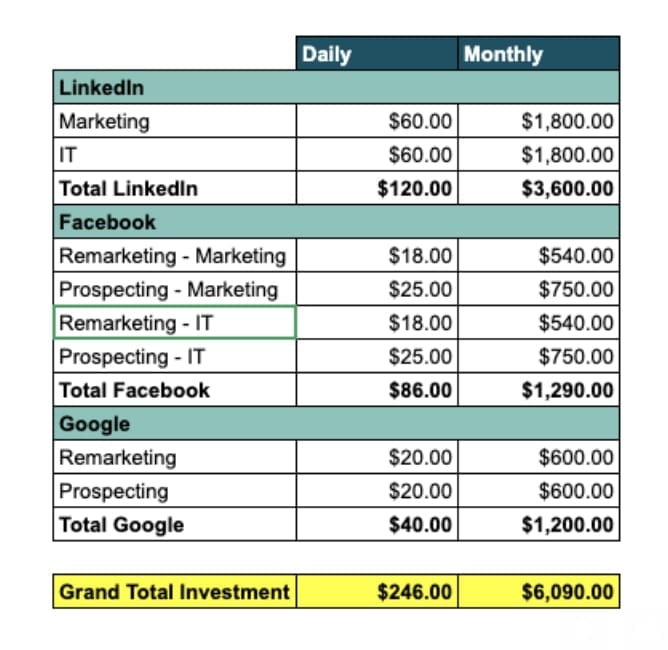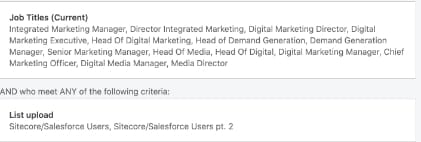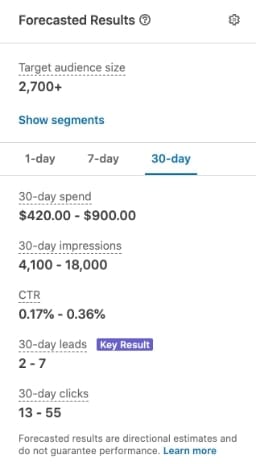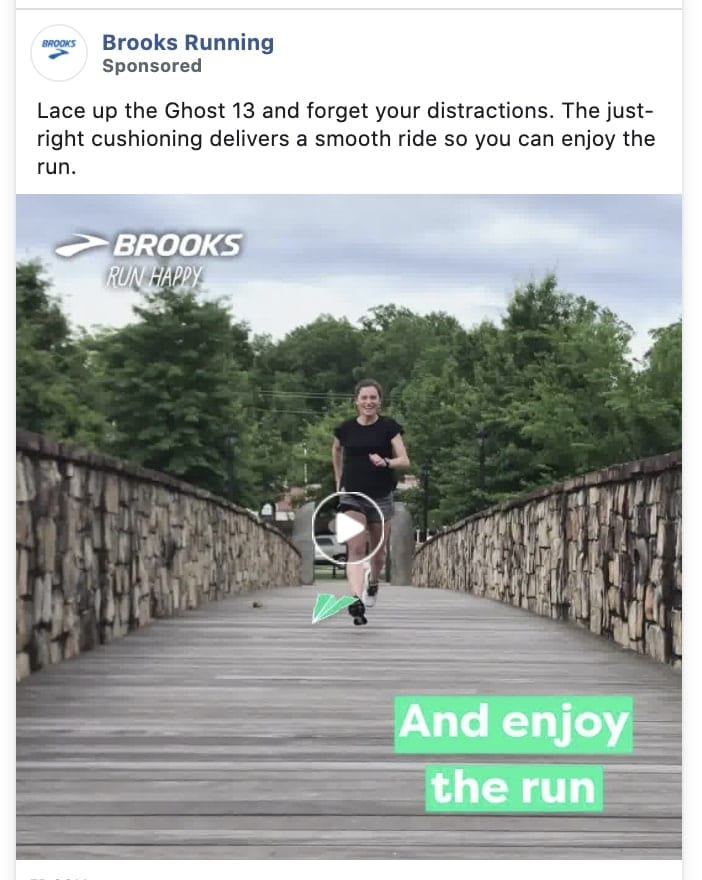Chances are if you’re reading this post, you’re either an agency gal (or guy!) like myself, or you are tasked with presenting strategy and ad mockups to either your boss or clients.
Diane Anselmo wrote a wonderful article, What Clients Want. In this article, she touched on the consultative approach. This, my friends, is what separates a good agency from an indispensable one. Here at Brainlabs, we don’t just give the data and the numbers. We provide data-based decisions to drive recommendations forward.
So, what does being consultative even mean? It means not just presenting the client with pure data or facts but having the ability to apply that data to make driven decisions. Anybody has the ability to create campaigns, having the ability to communicate the why is what drives you forward.
Why Do Campaign Proposals Matter?
Picture this – your client approaches you and asks you to create a campaign promoting their product. Sounds simple, right? When I first started in PPC, I wasn’t sure the best way to present information to the client. Creating campaigns in the interface and taking screenshots isn’t sufficient enough. In order to speak strategically, you need to present your strategy with enough of a birds-eye view where clients can easily see the long-term impacts of your proposal. You also need to provide them with enough detail so they can see what verbiage you’re using for ad copy, etc.
I am going to dig deep into a foolproof way I present strategy to clients. Being detail oriented does not come naturally to me – I’m a big picture kind of gal. However with the help of colleagues, I’ve learned to take my strengths and present strategy with my own twist. I’ve found that clients are appreciative of this level of detail and I’ve been able to take my strategies here and apply it across a variety of platforms whether it be account audits, platform expansion proposals, etc.
What’s Next?
You want to provide your clients (or boss) with the following. I typically create a Google sheet and name my tabs with the following headers.
Budget – You’ll want to provide your client with a clear cut expectation of budgets. Below is a mockup I provided my B2B client with who was interested in running an ebook campaign across a variety of platforms. I provided the client with the platforms, various campaigns and anticipated spend. By setting the expectations of budget from the start, you eliminate the risk of surprises. In the Google sheet, I wrote down my reasoning behind the budget recommendations.

Budget Mockup
Reach, Location, Anticipated Results – You don’t want to run a campaign without forecasting results. Take a snapshot of the audience reach in the interface in addition to anticipated results. Explain to the client your thought process behind the audience breakdown- they will want to know why you targeted those specific audiences. Additionally, provide your client with the locations you plan to target.
Doing so provides your client with realistic expectations – the more transparent you can be, the better! Below are screencaps from the LinkedIn interface that my colleague and I gave our client.

Audience Reach- LinkedIn

Forecasted Results – LinkedIn
Ad Copy or Ad Previews – You want to provide your client with previews of how the ad looks. Allow them to envision how their ad will look on a social feed. I typically dedicate a whole tab with images of ad mockups and I also write the headline, description, call to action, etc below it. I use conditional formatting so the cell will change color if the character limit is exceeded. This gives the client the opportunity to change verbiage if they see fit.
Below is a sample of an ad preview. Because everyone knows I’m obsessed with Brooks shoes, I’ve included a snapshot of their ad below!

Ad Snapshot
Keywords (Search) – If you are running a search campaign, you’ll have to provide the client with keyword research. SpyFu, Google Trends and Google’s keyword planner are incredible free resources to help. The keyword planner estimates campaign performance based off what you input.
In Conclusion…
All in all, our goal at the end of the day is to be trusted advisors for our clients. Remember to be as detailed oriented as you can. Include an explanation of everything on each tab and back up your reasoning with data. What seems obvious to you might not seem obvious to the client, especially if you work in digital marketing on the daily. Now that you’ve received the down low on creating stellar campaign proposals, you can crush your next client call!




